In today’s climate, low-water-use plants have emerged as the superior choice over traditional lawns, artificial turf, and rockscapes due to their many advantages—especially in regions like ours that are facing water scarcity and environmental challenges. Water – Use It Wisely, with permission, is reposting this blog from one of our favorite local garden centers, SummerWinds Nursery. Discover why low-water-use plants are the preferred, cooler landscaping option!
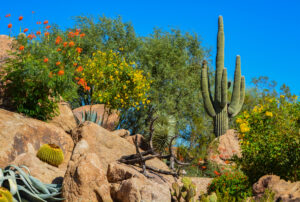
1. Water Efficiency
Low-water-use plants, also known as xeriscaping plants, are specifically selected for their ability to thrive with minimal irrigation. Unlike traditional turf, which demands frequent watering to maintain its lush appearance, low-water-use plants have adapted to survive in arid conditions, significantly reducing water consumption.
Embracing low-water-use plants aligns with sustainable landscaping practices. Traditional turf and artificial turf require large amounts of water and contribute to water waste, whereas xeriscaping conserves water and promotes responsible water usage.
Low-water-use plants often include native species that are well-adapted to the local climate and soil conditions. Using native plants helps preserve local ecosystems, supports biodiversity, and reduces the risk of introducing invasive species that can harm the environment.
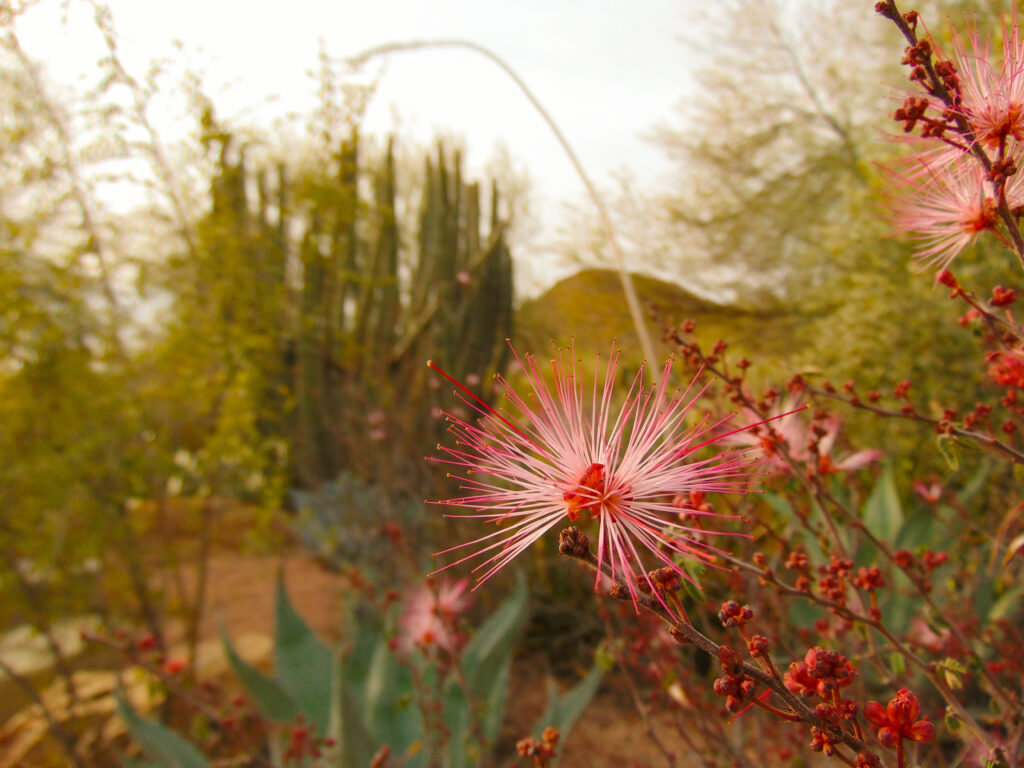
In hot and arid regions, like the Valley of the Sun, traditional turf and artificial turf can become heat traps, intensifying the urban heat island effect. Low-water-use plants, however, can provide shade and cool the surrounding environment, mitigating the impact of heatwaves.
Low-water-use plants offer a diverse range of shapes, sizes, and colors, providing ample opportunities for creative and visually appealing landscape designs. They can be arranged to create attractive, natural-looking gardens that complement the local surroundings.
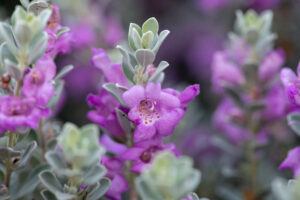
Unlike rockscapes, which may not support soil health, low-water-use plants help improve soil structure and microbial activity. Their root systems prevent soil erosion and contribute to healthier and more fertile soil over time.
While artificial turf and rockscapes may have lower initial maintenance costs, low-water-use plants become cost-effective in the long run. Once established, they require less water and maintenance, reducing ongoing expenses.
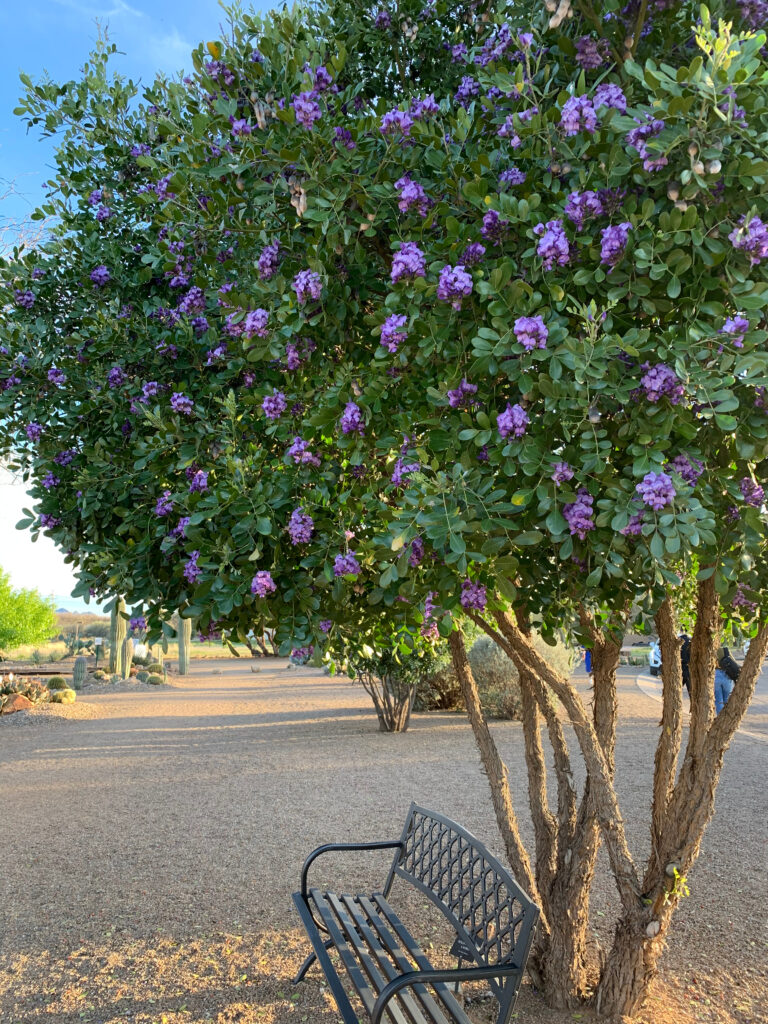 Rebates & Trees Offered by Local Governments: Many cities offer rebates to help residents transition from a tradional lawn to a list of approved, desert-friendly plants that can thrive in our environment, once established. Some cities even offer residents free fast-growing, desert-friendly trees, through their environmental initiatives. Check with your city to see what’s available to you!
Rebates & Trees Offered by Local Governments: Many cities offer rebates to help residents transition from a tradional lawn to a list of approved, desert-friendly plants that can thrive in our environment, once established. Some cities even offer residents free fast-growing, desert-friendly trees, through their environmental initiatives. Check with your city to see what’s available to you!
Low-water-use plants exhibit better resilience to drought and climate change, making them a sustainable choice for landscaping in areas susceptible to water shortages and extreme weather events.
Traditional turf, artificial turf, and rockscapes often involve resource-intensive production and maintenance, impacting the environment through energy consumption and waste generation. Low-water-use plants, on the other hand, have a lower environmental footprint and contribute positively to ecosystem health. Low-water-use plants also attract and support wildlife.
Did you know, artifical turf and rockscapes can actually make your environment hotter?
Opting for low-water-use plants sets an example for the community, encouraging others to adopt water-wise landscaping practices. This collective effort can have a significant impact on water conservation and environmental sustainability in the region.
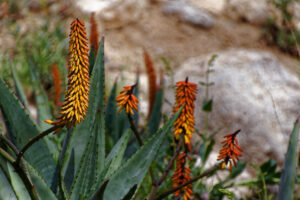
Low-water-use plants offer a holistic and environmentally friendly landscaping solution that addresses water conservation, ecosystem preservation, and aesthetic appeal. They outshine traditional turf, artificial turf, and rockscapes in terms of water efficiency, environmental sustainability, and resilience to climate challenges, making them the ideal choice for landscaping in today’s climate-conscious world.
Water – Use It Wisely is proud to feature guest bloggers who write about topics related to water and water conservation. SummerWinds Nursery has been serving the Valley more than 25 years, appealing to both new plant parents and seasoned gardeners. SummerWinds has a broad selection of low-water-use plants and premium gardening products, a friendly and knowledgeable staff, and an outstanding plant and product guarantee.
The post Why the Desert Benefits from Low-Water-Use Plants Over Turf or Rockscapes appeared first on Water Use It Wisely.

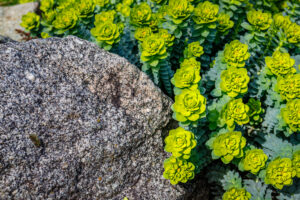

1. Water Efficiency
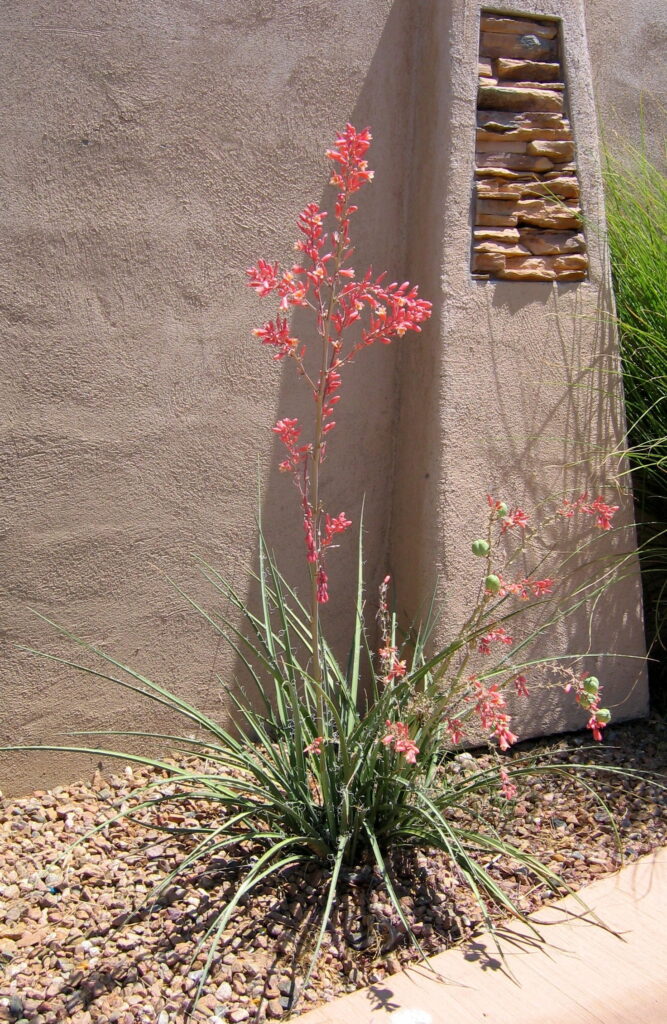

Low-water-use plants, also known as xeriscaping plants, are specifically selected for their ability to thrive with minimal irrigation. Unlike traditional turf, which demands frequent watering to maintain its lush appearance, low-water-use plants have adapted to survive in arid conditions, significantly reducing water consumption.
2. Environmental Sustainability
Embracing low-water-use plants aligns with sustainable landscaping practices. Traditional turf and artificial turf require large amounts of water and contribute to water waste, whereas xeriscaping conserves water and promotes responsible water usage.
3. Native Adaptation
Low-water-use plants often include native species that are well-adapted to the local climate and soil conditions. Using native plants helps preserve local ecosystems, supports biodiversity, and reduces the risk of introducing invasive species that can harm the environment.

4. Heat Tolerance
In hot and arid regions, like the Valley of the Sun, traditional turf and artificial turf can become heat traps, intensifying the urban heat island effect. Low-water-use plants, however, can provide shade and cool the surrounding environment, mitigating the impact of heatwaves.
5. Aesthetic Variety
Low-water-use plants offer a diverse range of shapes, sizes, and colors, providing ample opportunities for creative and visually appealing landscape designs. They can be arranged to create attractive, natural-looking gardens that complement the local surroundings.

6. Soil Health
Unlike rockscapes, which may not support soil health, low-water-use plants help improve soil structure and microbial activity. Their root systems prevent soil erosion and contribute to healthier and more fertile soil over time.
7. Cost-Effectiveness
While artificial turf and rockscapes may have lower initial maintenance costs, low-water-use plants become cost-effective in the long run. Once established, they require less water and maintenance, reducing ongoing expenses.

8. Climate Resilience
Low-water-use plants exhibit better resilience to drought and climate change, making them a sustainable choice for landscaping in areas susceptible to water shortages and extreme weather events.
9. Environmental Impact
Traditional turf, artificial turf, and rockscapes often involve resource-intensive production and maintenance, impacting the environment through energy consumption and waste generation. Low-water-use plants, on the other hand, have a lower environmental footprint and contribute positively to ecosystem health. Low-water-use plants also attract and support wildlife.
Did you know, artifical turf and rockscapes can actually make your environment hotter?
- Artificial turf and rockscapes contribute to the urban heat island effect by reducing evapotranspiration.
- They have higher heat absorption capacity than natural vegetation, leading to increased local temperatures.
- These landscapes lack shade, reducing cooling effects caused by natural vegetation canopies.
- They limit airflow and ventilation compared to natural landscapes, which can dissipate heat.
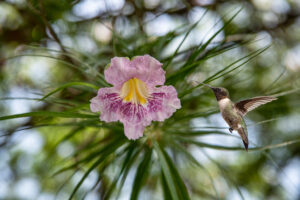
- When found in urban areas, they compound the heat island effect caused by urbanization.
10. Community Impact
Opting for low-water-use plants sets an example for the community, encouraging others to adopt water-wise landscaping practices. This collective effort can have a significant impact on water conservation and environmental sustainability in the region.

Low-water-use plants offer a holistic and environmentally friendly landscaping solution that addresses water conservation, ecosystem preservation, and aesthetic appeal. They outshine traditional turf, artificial turf, and rockscapes in terms of water efficiency, environmental sustainability, and resilience to climate challenges, making them the ideal choice for landscaping in today’s climate-conscious world.
Water – Use It Wisely is proud to feature guest bloggers who write about topics related to water and water conservation. SummerWinds Nursery has been serving the Valley more than 25 years, appealing to both new plant parents and seasoned gardeners. SummerWinds has a broad selection of low-water-use plants and premium gardening products, a friendly and knowledgeable staff, and an outstanding plant and product guarantee.
The post Why the Desert Benefits from Low-Water-Use Plants Over Turf or Rockscapes appeared first on Water Use It Wisely.
